Golden food – trend or taste
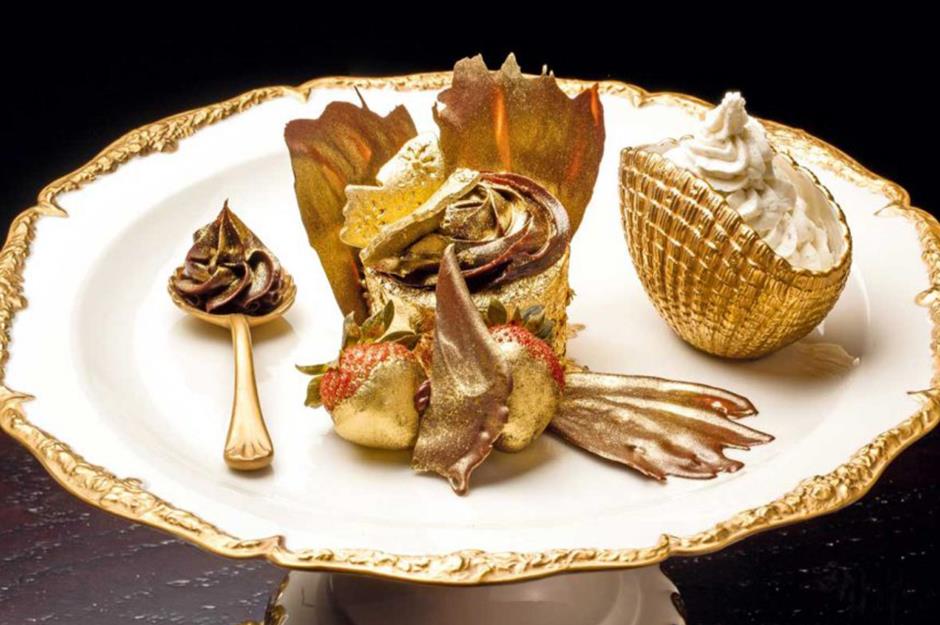
Gold is mainly associated with jewelry, earrings, or wedding rings. However, this metal has also found its place in the kitchen, serving as an exquisite and luxurious decoration for dishes and desserts.
Gold food – trend or taste – this is a question for experts, or for anyone who can try this addition themselves. Undoubtedly, this metal elevates any dish to an exclusive level, but is it really something to be excited about? Does gold food please only the eye, or also the palate?
Golden food – trend or taste
When considering the use of gold in dishes, whether as an ingredient in desserts or meals, it’s hard not to reflect on the human desire for beauty and luxury. For centuries, we have dined from beautiful, intricately crafted gold, silver, or porcelain plates, enjoying our meals with utensils made of precious metals.
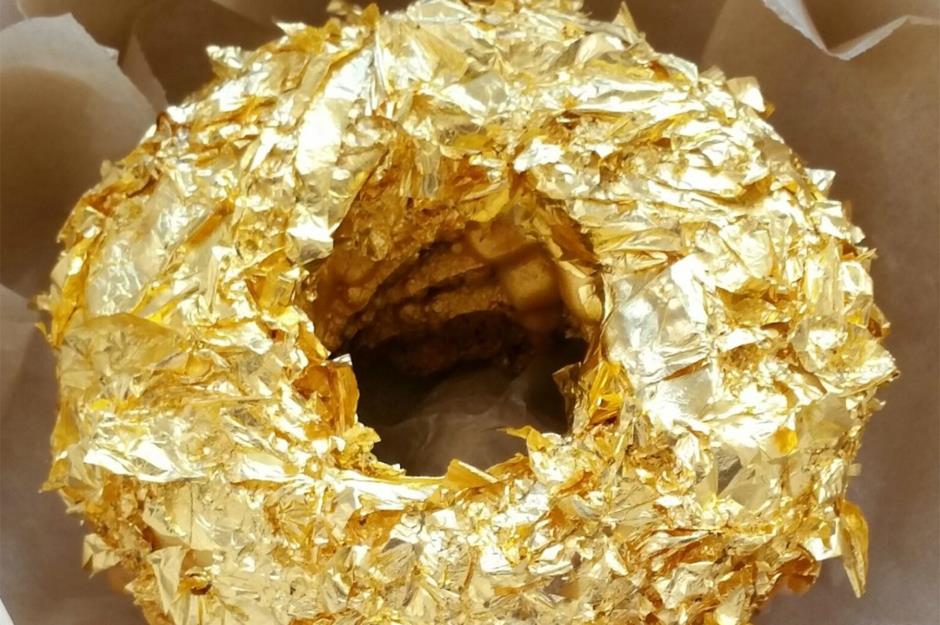
Gold food – is it a trend or a flavor? Right now, it’s a trend, since gold supposedly doesn’t offer much in terms of taste, but it certainly dazzles visually. Looking for reasons why this precious metal appears on our plates, you can find several explanations for the attraction to this luxury.
- Prestige and luxury, an association with wealth
- Aesthetics and visual impact, the beauty and presentation of the dish
- Tradition and history
- Marketing and PR, gold in food attracts customers
- Standing out from the competition
- Health benefits
Gold in the kitchen: luxury or exotic touch?
At a time when food has become not only a daily necessity but also an art form and a way to express social status, cuisine has begun to embrace the most exclusive ingredients. Among them, one stands out above all – gold.
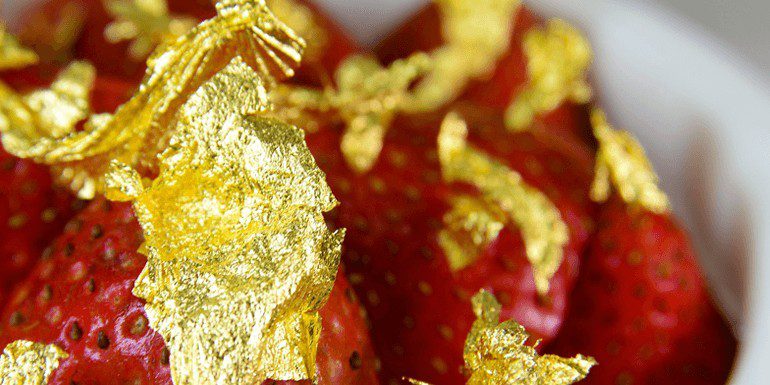
Although for many it is an exotic novelty, its use in cuisine dates back centuries.
Tradition with a modern twist
The first traces of using gold in cuisine date back to the 16th century, when a liqueur with gold flakes, known as Goldwasser, was produced in Gdańsk. This very drink became a symbol of luxury and prestige, gracing the tables of kings and aristocrats.
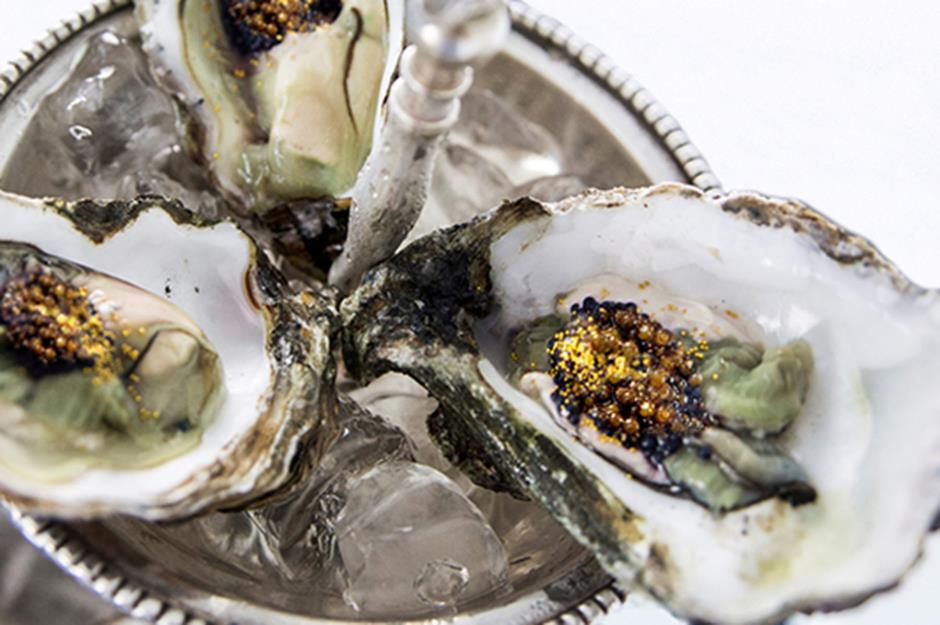
Gold food – whether it’s a trend or a taste sensation is something everyone has to decide for themselves. Gold, once present in the past, is making a comeback today. Now, gold returns in a modern form and with more universal uses.
Costly shine on the plate
For many, gold in the kitchen is above all a matter of prestige. Dishes adorned with flakes of this precious metal catch the eye and become the main attraction in exclusive restaurants. The price of such a dish—for example, a schnitzel topped with truffle and gold leaf—can be astonishing, sometimes reaching thousands of euros.
Desserts that shine
Gold pairs perfectly with sweets. Can you imagine a more luxurious cake than one adorned with 24-carat gold?
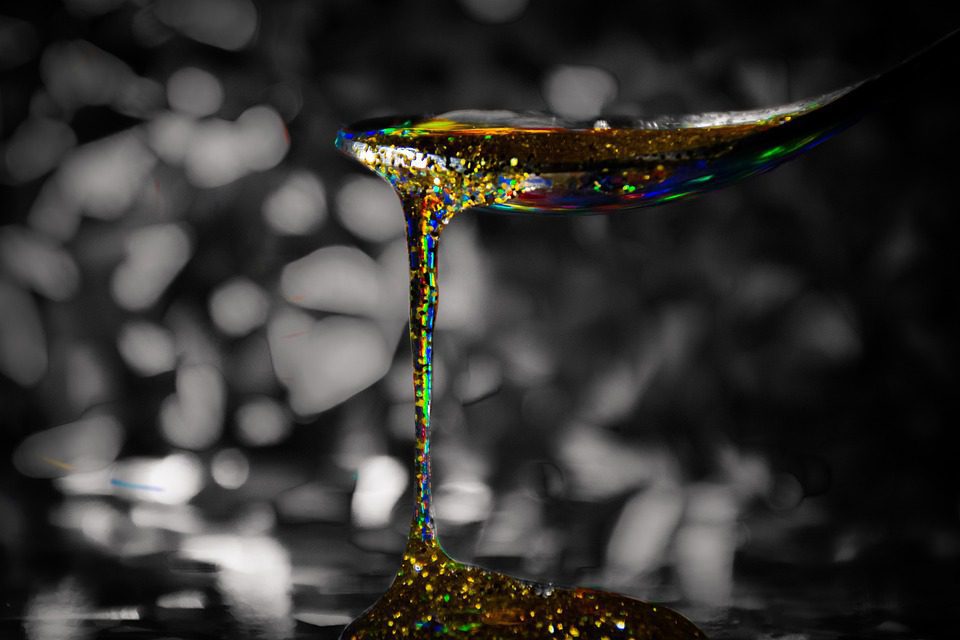
In Dubai, the center of luxury, such confectionery masterpieces reach incredible prices, but in Poland too, gold adorns cakes and desserts, adding a unique glow and prestige.
Liquid gold
Cocktails with gold flakes have become a hit in luxury bars. While the gold dust itself doesn’t affect the taste of the drink, it adds a unique character and turns it into a symbol of luxury. For many, however, it’s not just about aesthetics—gold is also believed to have positive health benefits.
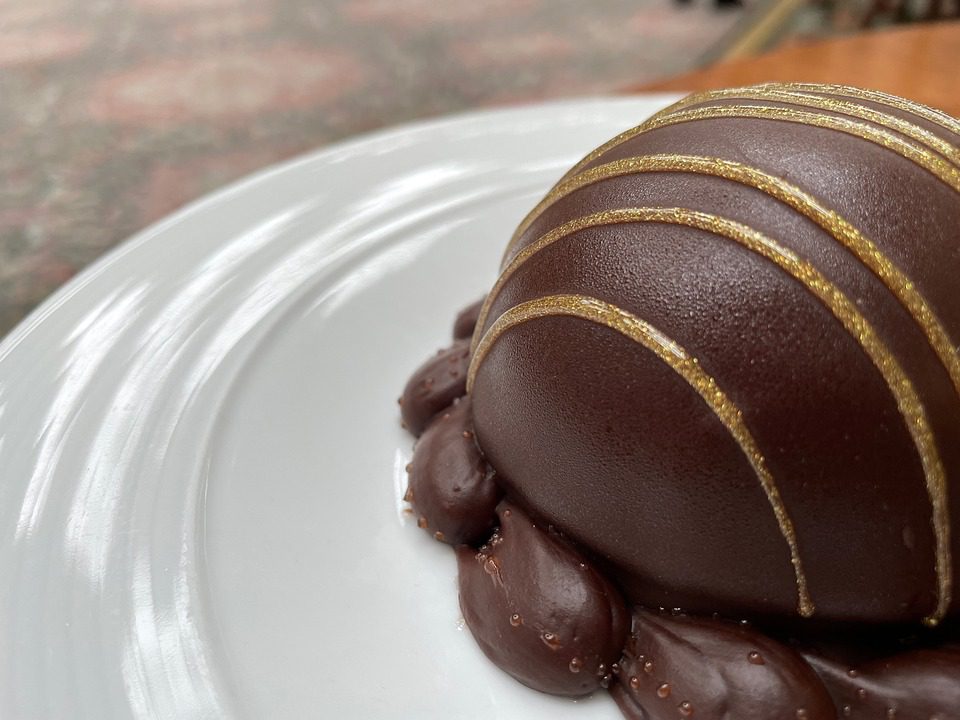
Gold in the kitchen is not only a symbol of luxury and prestige, but also a testament to people’s longing for an exclusive and unique culinary experience. Golden food – a trend, a flavor, or simply a need to connect with something beautiful? While the price of dishes with gold may be high, the effect it creates is priceless—meals adorned with this noble metal become an unforgettable feast for the senses. Is gold in the kitchen a passing fad or a lasting trend? Time will tell, but one thing is certain—gold has forever become part of the history of culinary art.



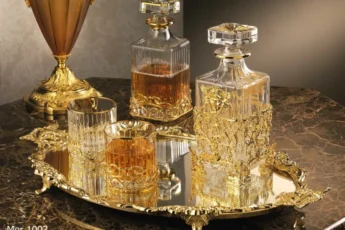




Leave a Comment